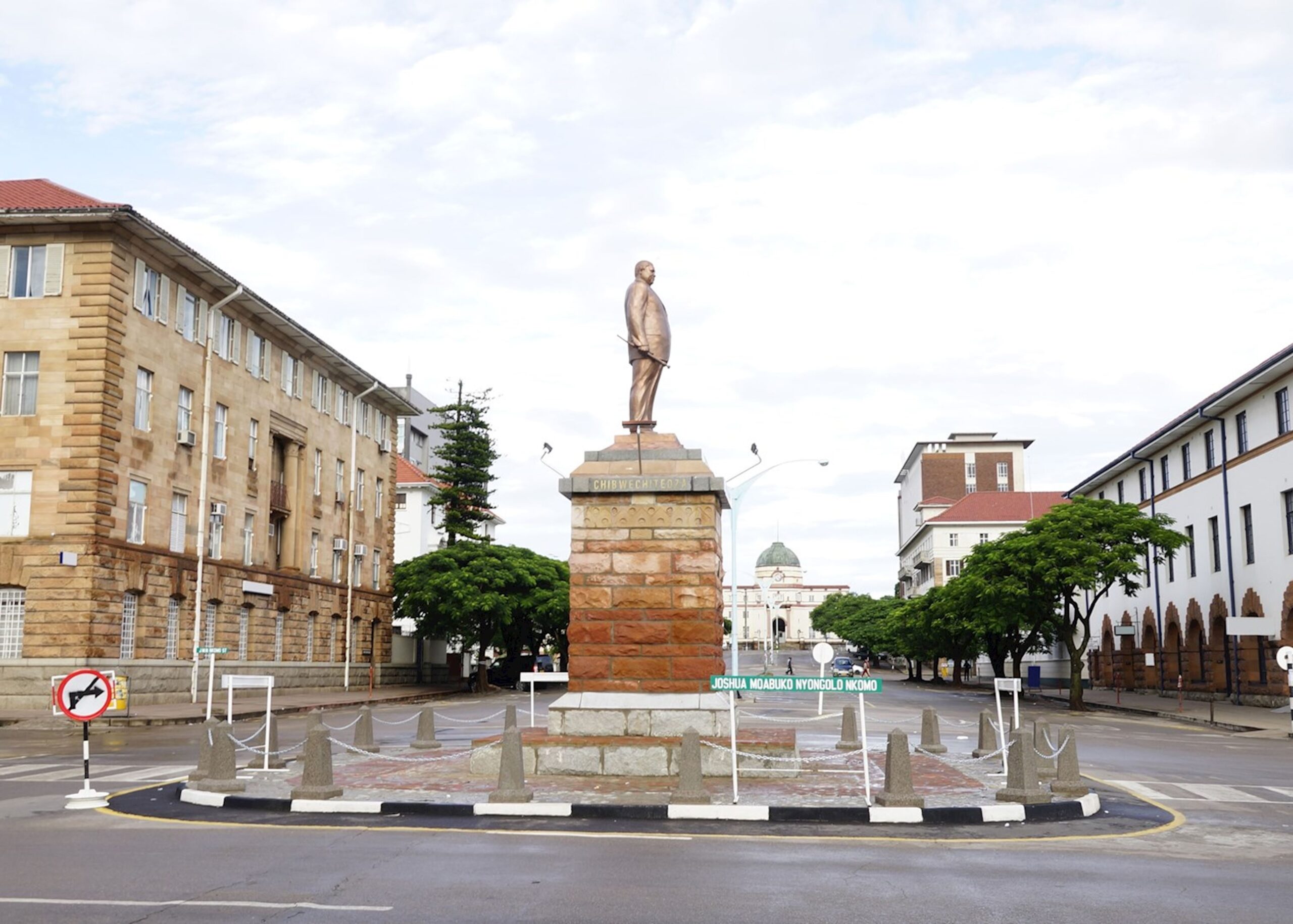Industry commends persistent drop in inflation
CAPTAINS of industry have commended the continuous decline in annual and monthly inflation as
an indicator of effective Government policy, which has helped restore market discipline and must
be strengthened to ensure sustainable stability.
While Zimbabwe’s annual inflation remains among the highest in the region, the persistent decline
in month-on-month inflation in the last three months has also seen annual inflation responding.
According to official statistics, Zimbabwe’s annual inflation rate for November 2022 shed off 13,8
percentage points to reach 255 percent from 268,8 percent recorded in October 2022.
“If the current policy mix is maintained, annual inflation will continue to gradually decline. The
2023 budget is targeting an annual inflation average of double-digit level,” said the Confederation
of Zimbabwe Industries (CZI) in a latest update to its members on inflation and currency.
“This can only be attained if money supply growth is kept in check, as it remains the key driver of
inflation in Zimbabwe.”
The largest industry lobby body said Zimbabwe “has made strides” in curbing inflation pressures,
which were getting out of control in the first-half of the year resulting in erosion of incomes.
“Despite the reduction in Zimbabwe’s inflation in the recent months, its annual inflation is still
extremely high compared to its regional counterparts.
“Thus, more work still needs to be done to reduce annual inflation, especially addressing the
endogenous factors that has been causing macro-economic instability in Zimbabwe,” it said.
In October 2022 Zimbabwe’s annual inflation was 268 percent, more than 10 times higher than the
second highest inflation rate in Sadc, noted CZI.
“This exorbitant inflationary environment keeps weighing down on Zimbabwe’s competitiveness,
as domestic prices of goods end up being higher compared to what low inflation countries are
selling at,” it said.
Inflation down
“Having a high inflation has serious implications in terms of poverty alleviation, as this means that Zim
babwe must put more efforts compared to other countries in the world.” According to the
report, food inflation, for example, is one of the key indicators of the ability to control poverty.
In October 2022, Zimbabwe’s food inflation was 321 percent, the highest in the world.
The driving force behind the high food prices in Zimbabwe has been linked to the depreciating
local currency induced by “too much” injection of liquidity in the economy, said CZI, while noting
that “high food prices push the vulnerable communities into extreme poverty”.
In Zimbabwe a person needed to spend at least ZWL$21 652 in November 2022 for him/her not to
be deemed food poor.
The poverty datum line fluctuates in line with inflation; thus, inflation remains a key variable
towards food security, said CZI.-The Chronicle









